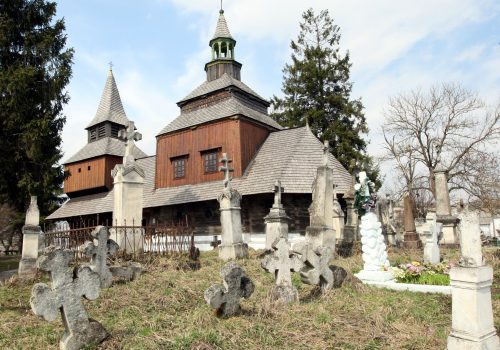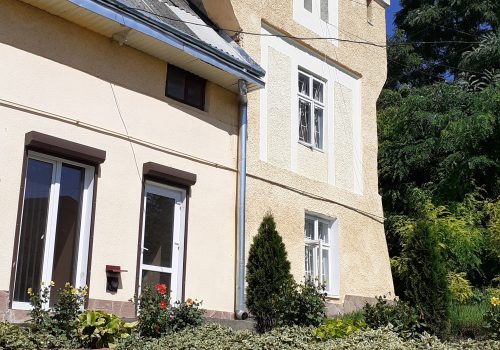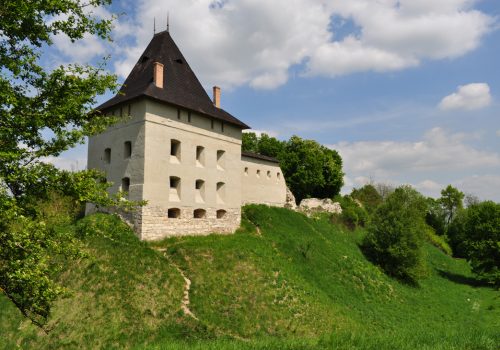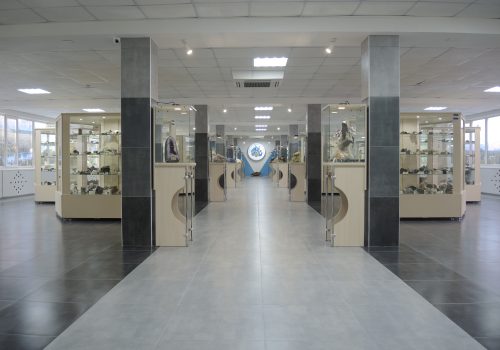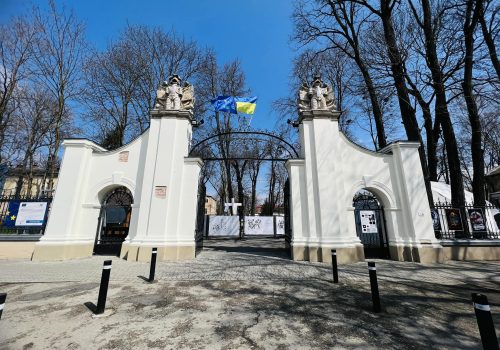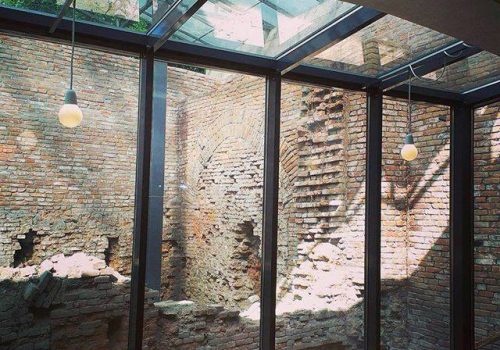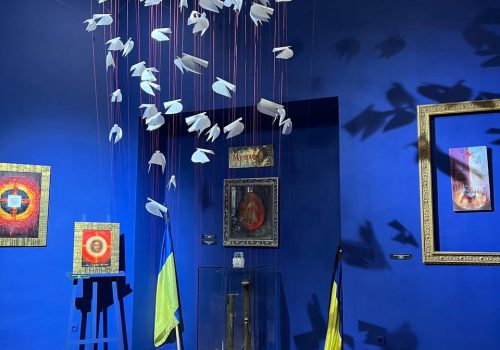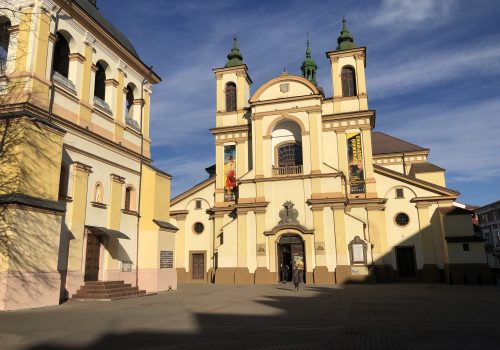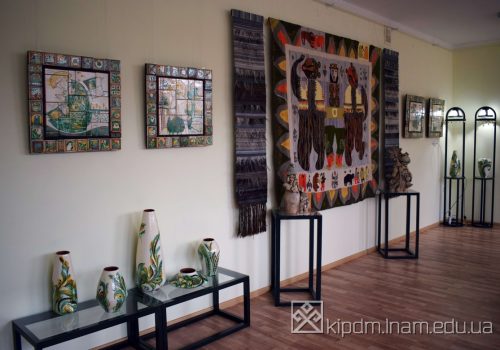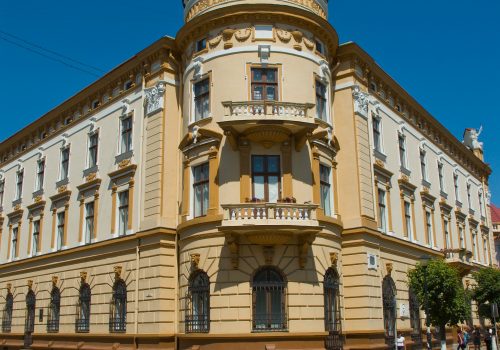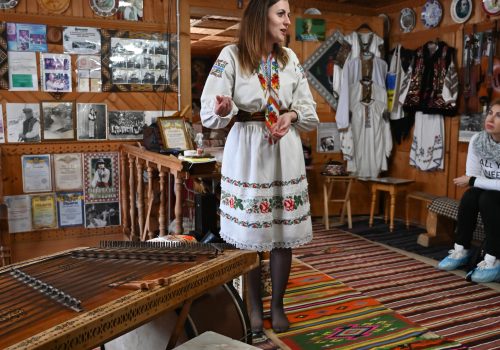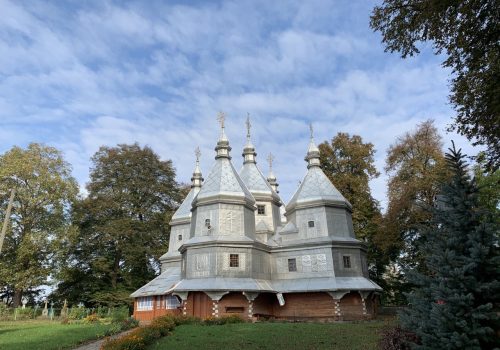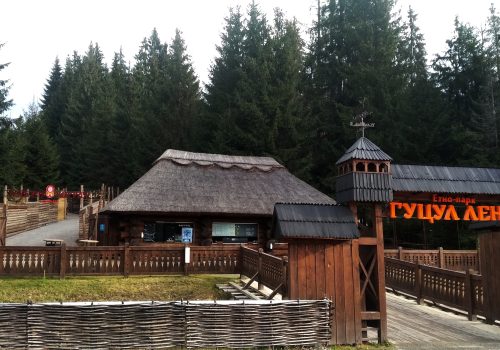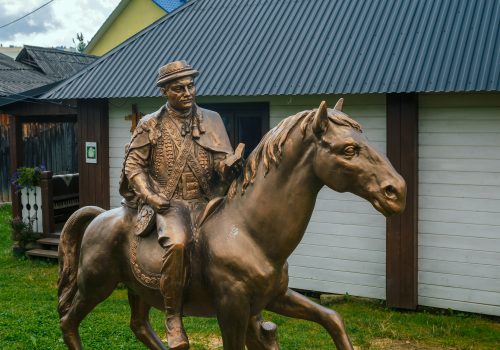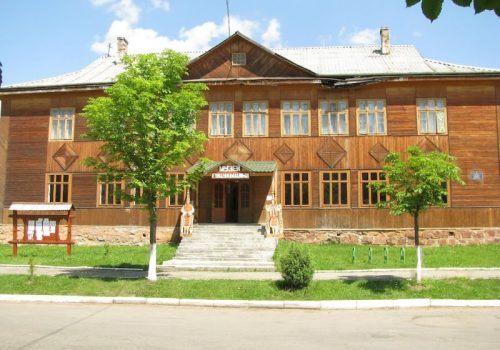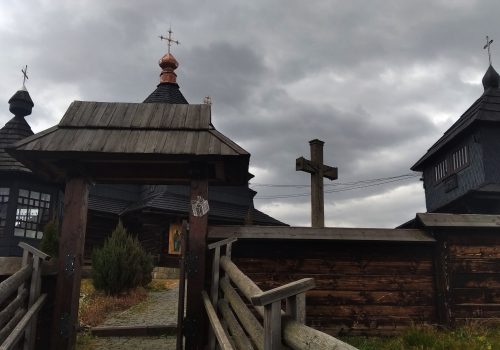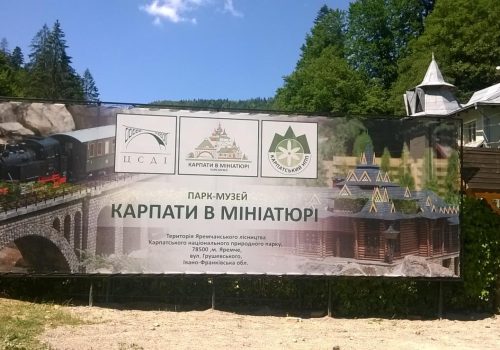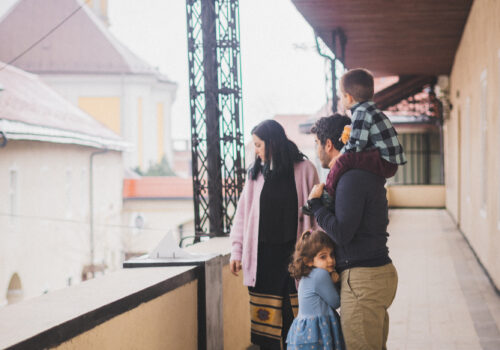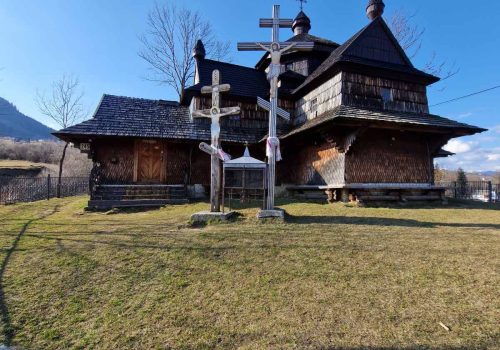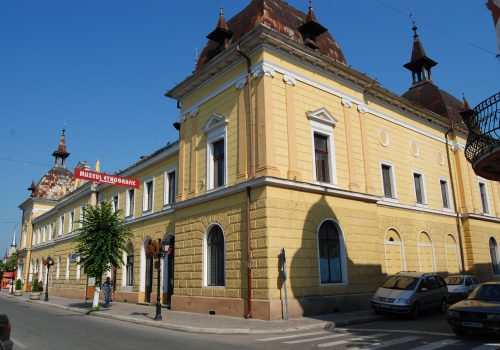Cross-border route “Carpathian Cultural Route”
MORE THAN A JOURNEY!
The Carpathian Cultural Route is a unique cross-border tourist route that connects 40 of the most prominent and interesting historical and cultural heritage sites of the Ivano-Frankivsk and Zakarpattia regions (Ukraine) and the Maramureș county (Romania), 11 of which are on the UNESCO World Heritage List.
Carpathian Cultural Route
In the Carpathian region, you can admire not only picturesque mountain landscapes, but also beautiful old buildings created in harmony with nature itself.
The region has a unique cultural and historical heritage. There are a large number of museums, architectural and religious monuments that are not only of architectural but also historical value. In cities, these historic buildings are usually used as concert halls, museums, art galleries and other cultural institutions.
There are dozens of museums whose thematic collections have accumulated unique specimens over the centuries, ranging from prehistoric objects to the present day. They represent the vibrant Carpathian culture, folk crafts, trades, architecture, as well as the extraordinary geology, flora and fauna of the Carpathian region. The museums also cover the tragic pages of the region’s history, both during the Second World War and the communist period. This region is multinational, so some exhibitions also present the culture, life, and crafts of other peoples – Jews, Armenians, Poles, Turks, and others.
More info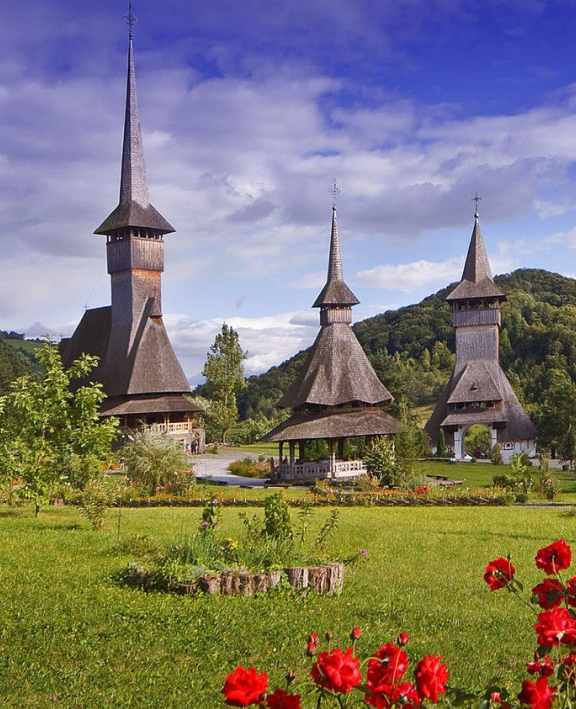
Useful information about the region
Ivano-Frankivsk and Zakarpattia regions are located in the geographical centre of Europe. Ivano-Frankivsk region shares borders with Zakarpattia, Lviv, Ternopil, Chernivtsi regions of Ukraine and Romania, and Zakarpattia region shares borders with Ivano-Frankivsk and Lviv regions of Ukraine, as well as with four countries of the European Union – Poland, Slovakia, Hungary and Romania (Maramures County). Maramures County is located in the northwestern part of Romania. Maramures County is bordered by Suceava County to the east, Bistrița Năsăud, Cluj, Salaj to the south, Satu Mare County to the west, and the state border with Ukraine to the north. This region is multinational, so in addition to Ukrainian and Romanian cultural heritage, separate exhibitions present the culture, life and crafts of other peoples – Hungarians, Jews, Karaites, Armenians and Poles.
… read moreGiven the particularities of the rules of behaviour in the mountains along the route of the Carpathian Cultural Route, we recommend that you do not take it lightly and register at the post of the relevant local mountain rescue service in Ukraine or Romania before going to the mountains. The Carpathian Cultural Route provides an opportunity not only to visit the sites along the route, but also to improve your health in numerous sanatoriums, go skiing and other outdoor activities. For convenience, we recommend contacting local tourist information centres and tour operators.
… read moreFor those interested in colour and gastronomic traditions, the Carpathian Cultural Route offers meetings with craftsmen and master classes in leather processing, pottery, quilt making, woodworking, metalwork (artistic processing of brass and copper), embroidery and Easter egg making and other traditional crafts of the Carpathians, as well as tasting of craft products and local cuisine. The region has preserved not only ancient crafts, but also the traditions of celebrating religious holidays, which have absorbed and transformed pre-Christian beliefs, traditions and rituals.
… read moreThe region has a unique cultural and historical heritage. There are a large number of museums, architectural and religious monuments of historical value, as well as historical monuments. These buildings usually house concert halls, museums, art galleries and other cultural institutions, as well as themed festivals. There are dozens of museums whose thematic collections have accumulated unique examples over the centuries, ranging from prehistoric objects to the present day. They represent the vibrant Carpathian culture, folk crafts, trades, architecture, as well as the extraordinary geology, flora and fauna of the Carpathian region. The museums also highlight the tragic pages of the region’s history and the fate of people of different nationalities.
… read moreThe Carpathian Cultural Route combines the opportunity to visit more than 30 nature reserves in Ukraine and Romania, including the well-known hiking routes through the Chornohora and Gorgany Mountains in Ukraine and the Rodnei Mountains in Romania. Water tourism (rafting) – the Dniester Canyon, Prut, Black and White Cheremosh. Legendary rocks, picturesque mountain lakes and waterfalls, as well as the unique Starunsky mud volcano with a prehistoric past.
… read moreThis tourist product has a main programme, which is the most saturated with targeted cultural and historical sites, which actually determine the content of the proposed tour. The transport network includes an airport, railway and bus stations, as well as car rental. Accordingly, there are car service and petrol stations.
… read more
